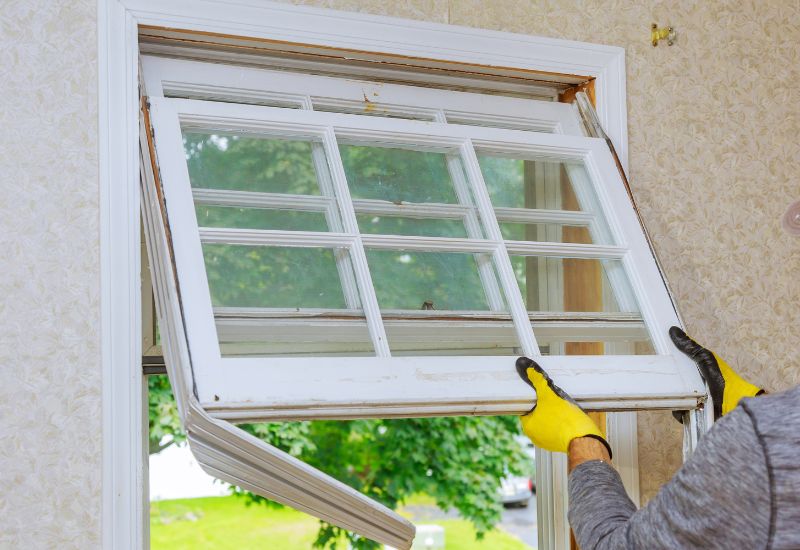
Windows are not only essential for bringing natural light and ventilation into your home but also play a crucial role in maintaining energy efficiency. Choosing the right windows can help you save on energy costs, reduce drafts, and create a more comfortable living environment. In this guide, we'll explore the different types of windows and help you understand which one is the most energy-efficient for your home.
Table of Contents
Before we delve into the types of windows, it's important to understand what makes a window energy-efficient. The energy efficiency of a window is determined by several factors:
The material used for the window frame has a significant impact on energy efficiency. Common frame materials include wood, vinyl, aluminum, and fiberglass. Each material has its pros and cons in terms of insulation and durability.
The type of glass used in the window, as well as the number of panes and the presence of low-emissivity (Low-E) coatings, affect energy efficiency. Double or triple-pane windows with Low-E coatings are known for their thermal insulation properties.
The style and design of the window, including the number and size of glass panes, can influence energy efficiency. For example, casement and awning windows tend to be more airtight than traditional double-hung windows.
Proper installation is crucial for ensuring the energy efficiency of a window. Poorly installed windows can lead to air leaks and drafts, negating the benefits of energy-efficient features.
Now that you have a grasp of the factors that contribute to energy efficiency in windows, let's explore the types of windows known for their energy-efficient qualities:
Double-pane windows consist of two layers of glass separated by a spacer. The space between the panes is filled with gas (usually argon or krypton) for added insulation. These windows provide good thermal performance and are widely used for energy efficiency.
Triple-pane windows take energy efficiency a step further by adding a third layer of glass and two insulating gas spaces. They offer superior insulation and soundproofing properties but tend to be more expensive than double-pane windows.
Low-E coatings are microscopically thin layers applied to the glass surface. They help control heat transfer, blocking infrared and UV rays while allowing visible light to pass through. Low-E coated windows are effective at keeping your home cooler in summer and warmer in winter.
Casement windows are hinged at the side and open outward. When properly sealed, they offer excellent airtightness, minimizing drafts and air leakage. Their design makes them energy-efficient and suitable for capturing natural breezes for ventilation.
Selecting the most energy-efficient window for your home depends on various factors, including your climate, budget, and aesthetic preferences. Here are some tips to help you make the right choice:
Consider your local climate when choosing windows. In colder climates, windows with a high insulation value (such as triple-pane) may be more suitable, while in milder climates, double-pane windows with Low-E coatings can provide sufficient energy efficiency.
Energy-efficient windows can be an investment, but they offer long-term energy savings. Carefully assess your budget and weigh the upfront cost against potential energy bill reductions.
Consult with window professionals or energy efficiency experts who can assess your home's specific needs and recommend the most suitable windows for your situation.
Energy-efficient windows can significantly impact your home's comfort and energy consumption. By understanding the key factors that contribute to energy efficiency and exploring different window types, you can make an informed decision that aligns with your home's needs and your budget.
Investing in energy-efficient windows not only reduces your environmental footprint but also enhances the overall quality of life within your home. So, whether you opt for double-pane, triple-pane, or Low-E coated windows, you'll be taking a step toward a more energy-efficient and comfortable living space.